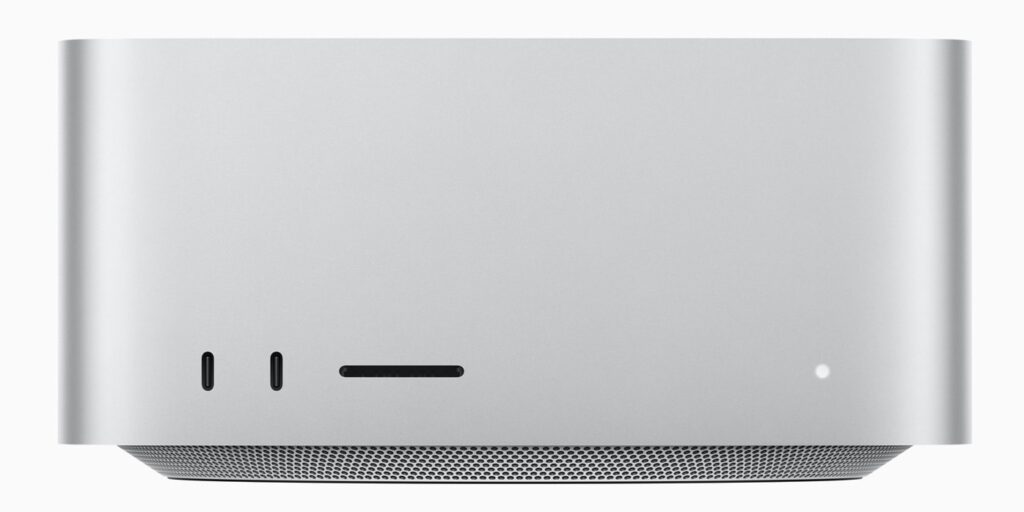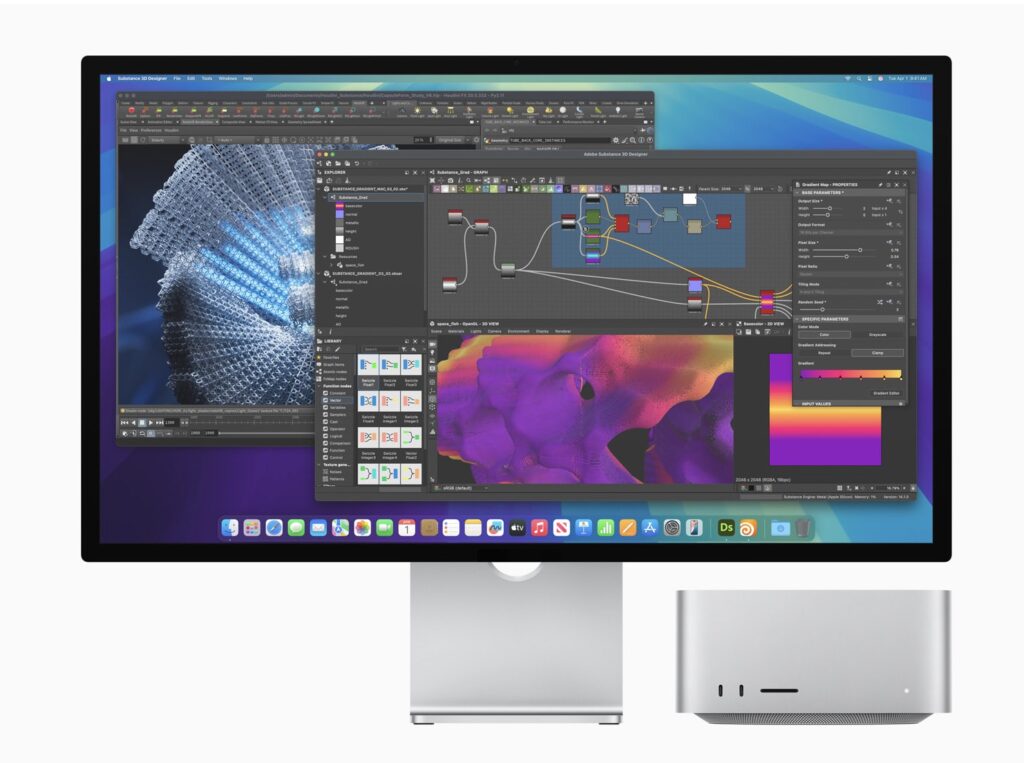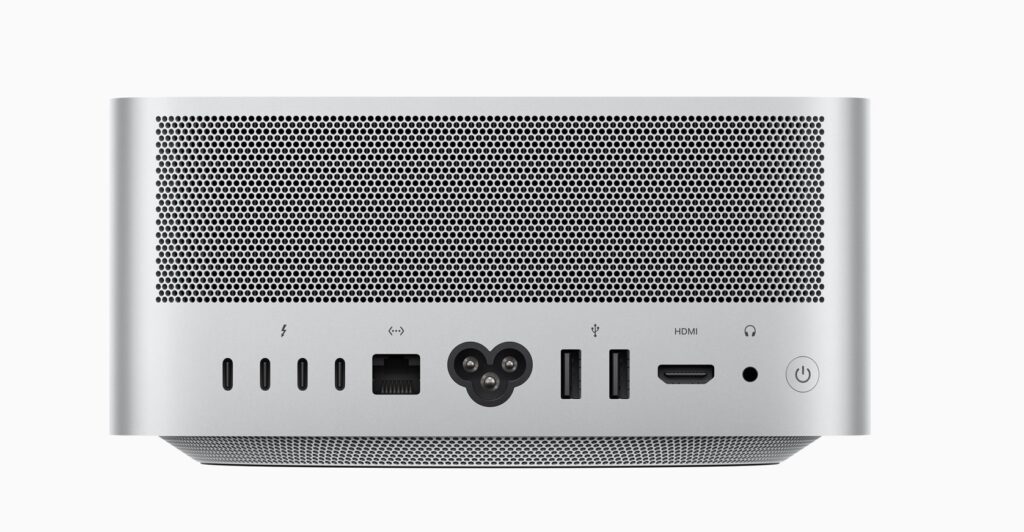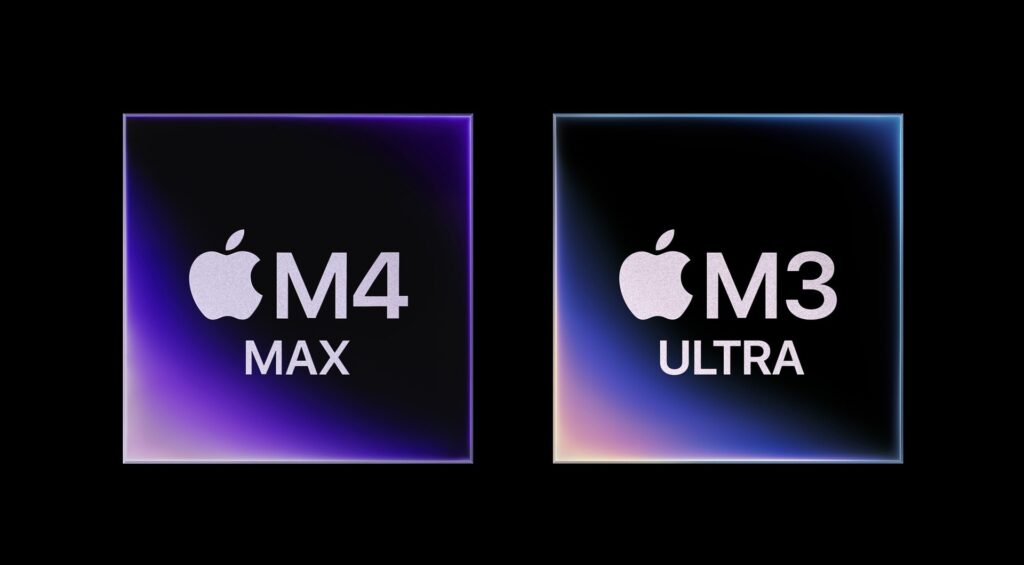How Apple’s 512GB Unified Memory, Sparsity-Driven Design, and Strategic Pricing Redefine Access to Cutting-Edge AI
- Cost Efficiency Champion: At $18.55 per GB, the M3 Ultra Mac Studio offers up to 17x cheaper memory than NVIDIA’s H100 and 5.6x cheaper than AMD’s MI300X, democratizing access to massive AI models.
- Sparsity-First Architecture: With 512GB of unified memory, Apple’s hardware thrives on sparse AI techniques like MoE (DeepSeek R1) and Modular Routing—activating only 1/32 of parameters per task.
- Future-Proofed for AI: Thunderbolt 5, macOS Sequoia’s Apple Intelligence, and a likely M4 Ultra upgrade path position Mac Studio as a long-term powerhouse for prosumers and developers.

The race to run large language models (LLMs) locally has been dominated by one bottleneck: GPU memory. Traditional solutions like NVIDIA’s H100 or AMD’s MI300X offer high bandwidth but at eye-watering costs ($25k–$20k) and limited capacity (80GB–192GB). Enter Apple’s M3 Ultra Mac Studio: a $9,500 behemoth with 512GB of unified memory and a sparsity-optimized design that redefines what’s possible for at-home AI.
Memory Economics: Apple’s $/GB Masterstroke
Apple’s M3 Ultra isn’t just a spec bump—it’s a strategic strike at the heart of AI infrastructure economics. Let’s break it down:
- NVIDIA H100: 80GB @ $25,000 → $312.50/GB
- AMD MI300X: 192GB @ $20,000 → $104.17/GB
- M2 Ultra: 192GB @ $5,000 → $26.04/GB
- M3 Ultra: 512GB @ $9,500 → $18.55/GB
The M3 Ultra slashes costs by 28% vs. M2 and 94% vs. NVIDIA, offering enough memory to load 600B-parameter models without quantization. For context, DeepSeek R1—a 236B MoE model with 256 experts—fits entirely into two M3 Ultras (via Exolabs), costing under $20k total. Compare that to $50k for H100s with less headroom.
Sparsity Over Speed: Apple’s AI Secret Sauce
Critics highlight the M3 Ultra’s lower memory refresh rate (1.56 cycles/sec vs. H100’s 37.5). But Apple isn’t targeting dense models. Instead, it exploits sparse activation patterns in modern AI:
- MoE Models (DeepSeek R1): Only 8 of 256 experts activate per token (1/32 sparsity).
- Modular Routing (DiPaCo): Dynamic ensembles activate subsets of models.
Here, bandwidth matters less than total memory. With only 1–3% of parameters active per inference, Apple’s 800GB/s bandwidth suffices, while its 512GB capacity eclipses competitors. This aligns with trends: Google’s Gemini 1.5 uses MoE, while startups like Mistral push sparsity further.

The Competitor’s Confession: “Build a 512GB Mac Studio”
In a telling anecdote, Apple’s foresight shines. Weeks before the M3 Ultra launch, a rival AI hardware exec asked for advice: “Go build a 512GB Mac Studio clone.” Apple delivered first, leveraging UltraFusion to fuse M3 Max dies. The result? A compact, silent desktop that runs full DeepSeek R1 at home—a feat previously requiring data-center-grade hardware.

Thunderbolt 5 & M4 Ultra: The Future Is Modular
Apple isn’t done. The M4 Ultra, expected in 2025, could boost memory bandwidth by 36.5% (matching M4 Max’s leap). Paired with Thunderbolt 5 (120Gb/s), this enables:
- External GPU/SSD Expansion: Compensate for bandwidth limits via PCIe chassis.
- Multi-Studio Clusters: Link 2+ Mac Studios for terabyte-scale memory.
- 8K Workflows: Drive eight Pro Display XDRs for immersive AI visualization.

A Pro Ecosystem: macOS Sequoia & Apple Intelligence
The M3 Ultra isn’t standalone. macOS Sequoia integrates:
- On-Device AI: Run LLMs locally via LM Studio (16.9x faster vs. M1 Ultra).
- Apple Intelligence: Privacy-first tools like Writing Assistant and Image Playground.
- iPhone Mirroring: Seamless data transfers for multimodal AI training.
Sustainability Meets Power
Beyond specs, Apple targets carbon neutrality by 2030. The Mac Studio uses 30% recycled materials, 100% recycled aluminum, and fiber packaging—proving high performance needn’t cost the Earth.
The Democratization of AI Starts Here
Apple’s M3 Ultra Mac Studio isn’t just faster—it’s smarter. By prioritizing sparsity-friendly memory over brute-force bandwidth, it empowers researchers, indie devs, and creatives to experiment with trillion-parameter-scale AI from their desks. With the M4 Ultra looming and Thunderbolt 5 unlocking modular scaling, Apple has redefined the playing field: the future of AI isn’t in the cloud—it’s on your desk.
